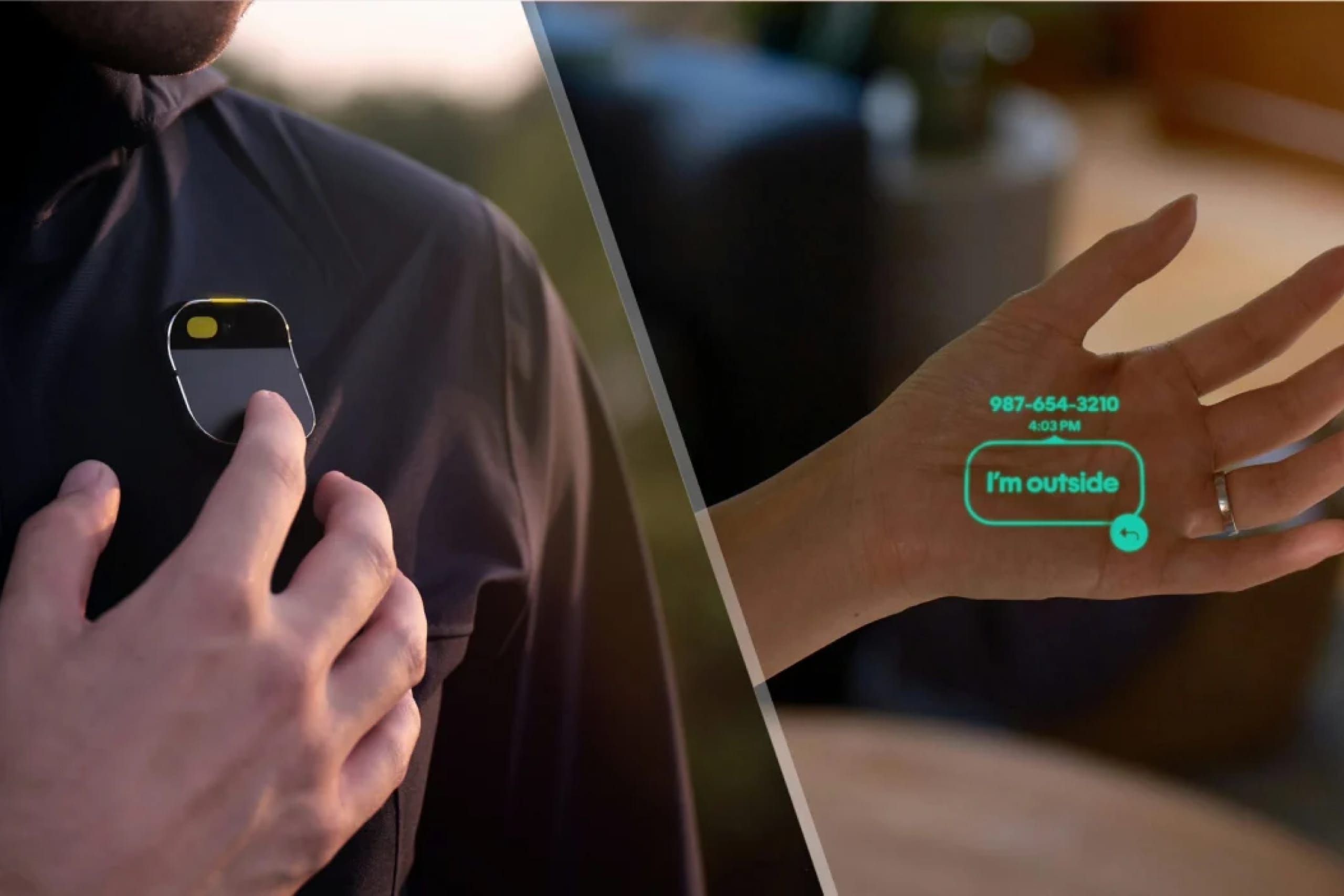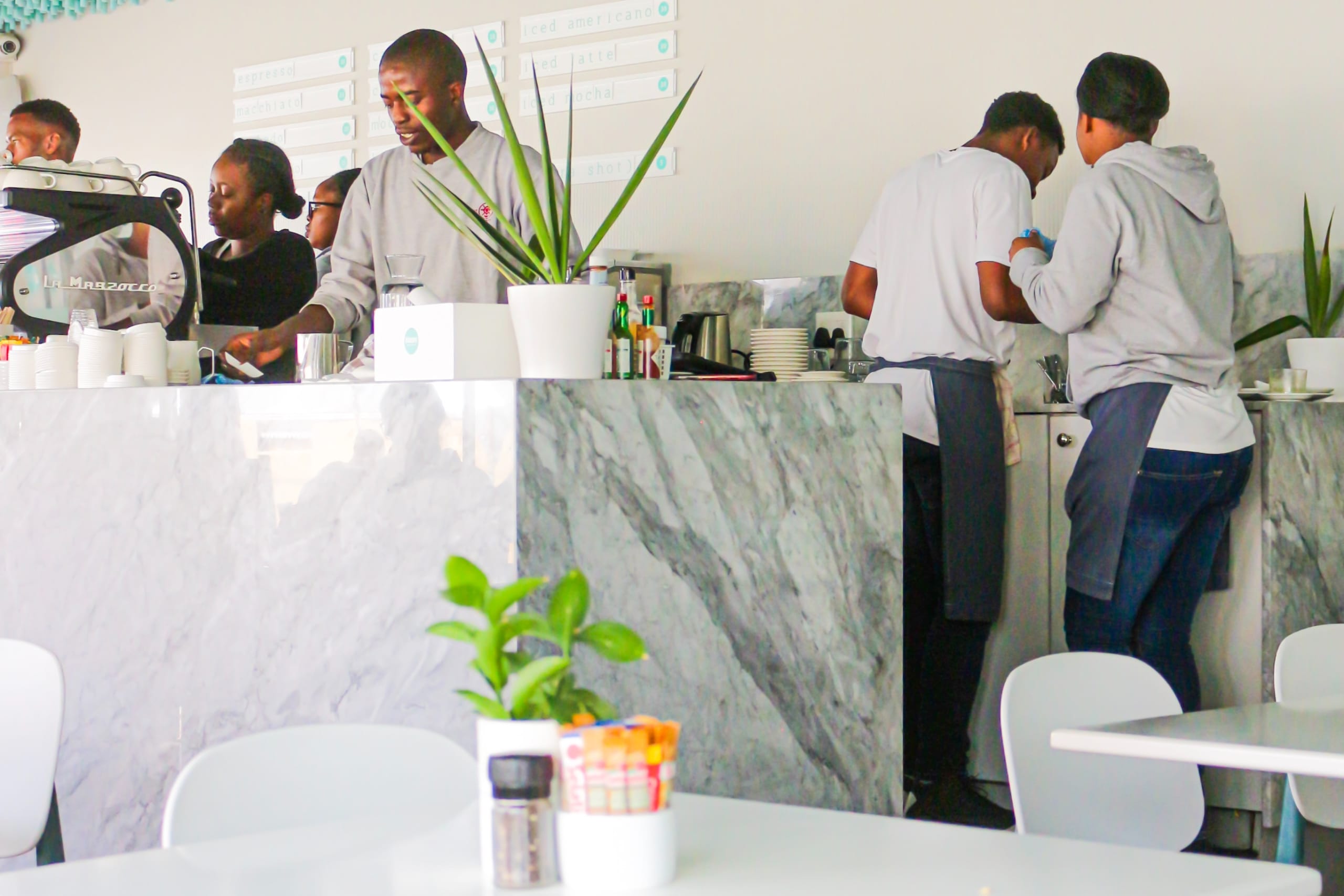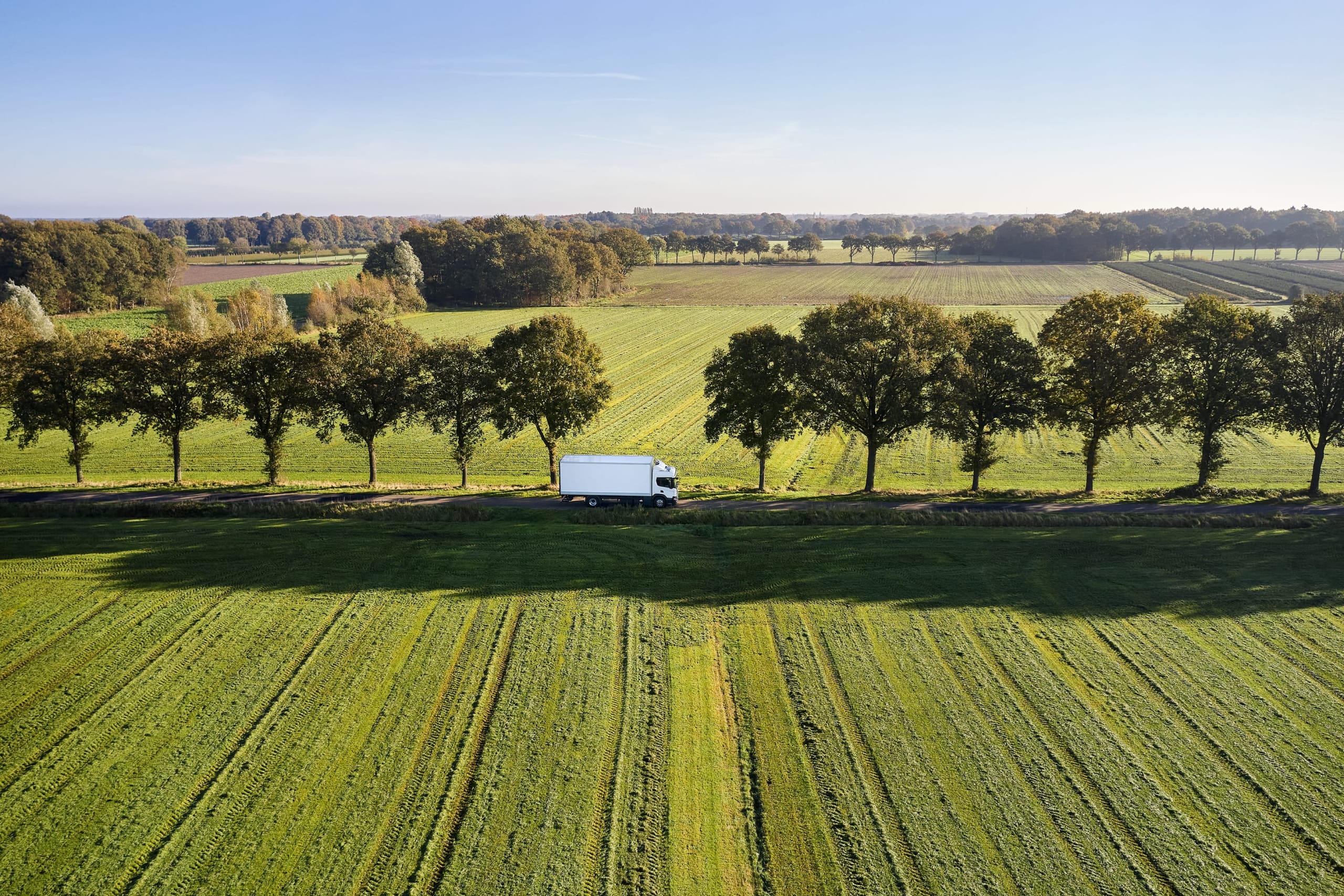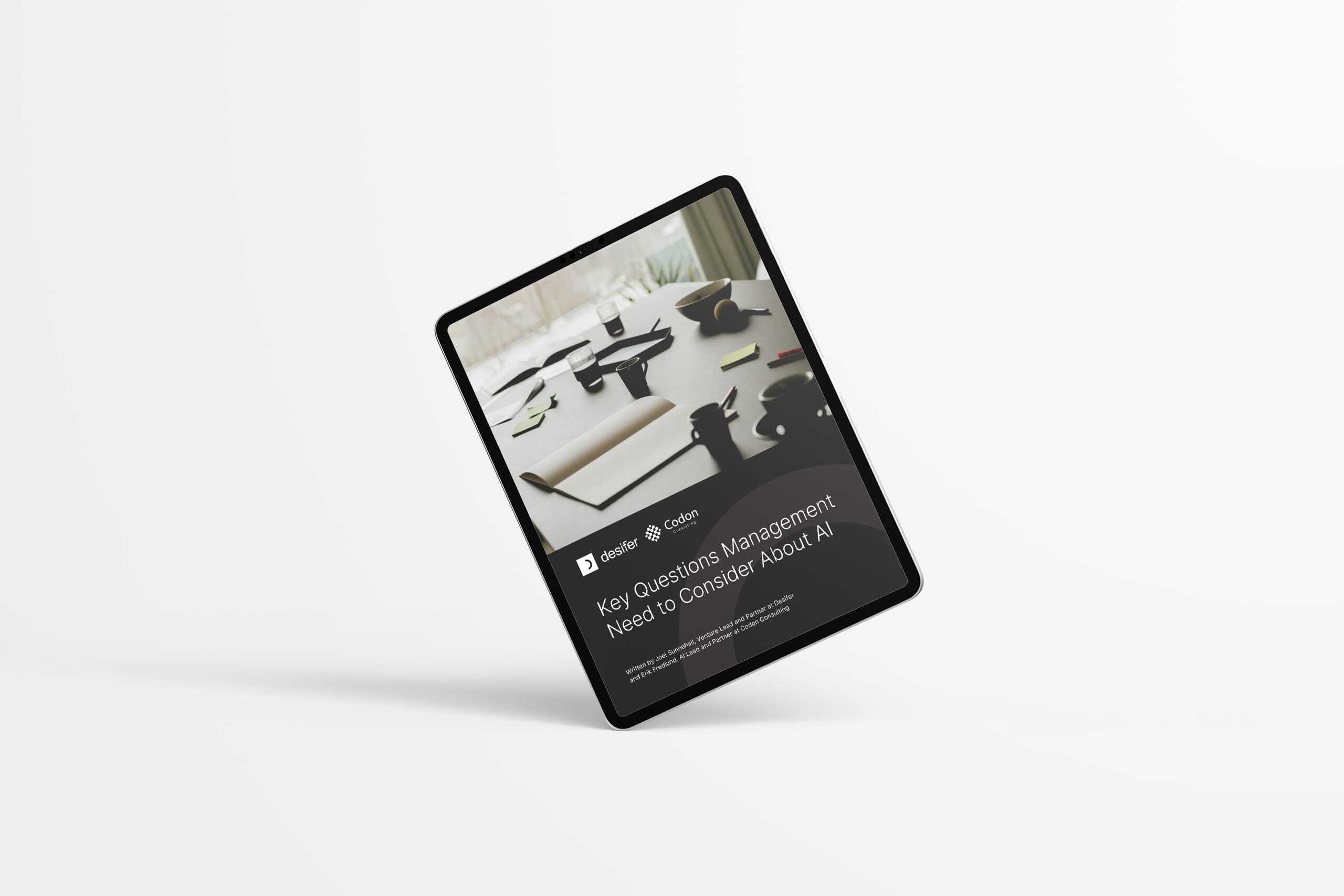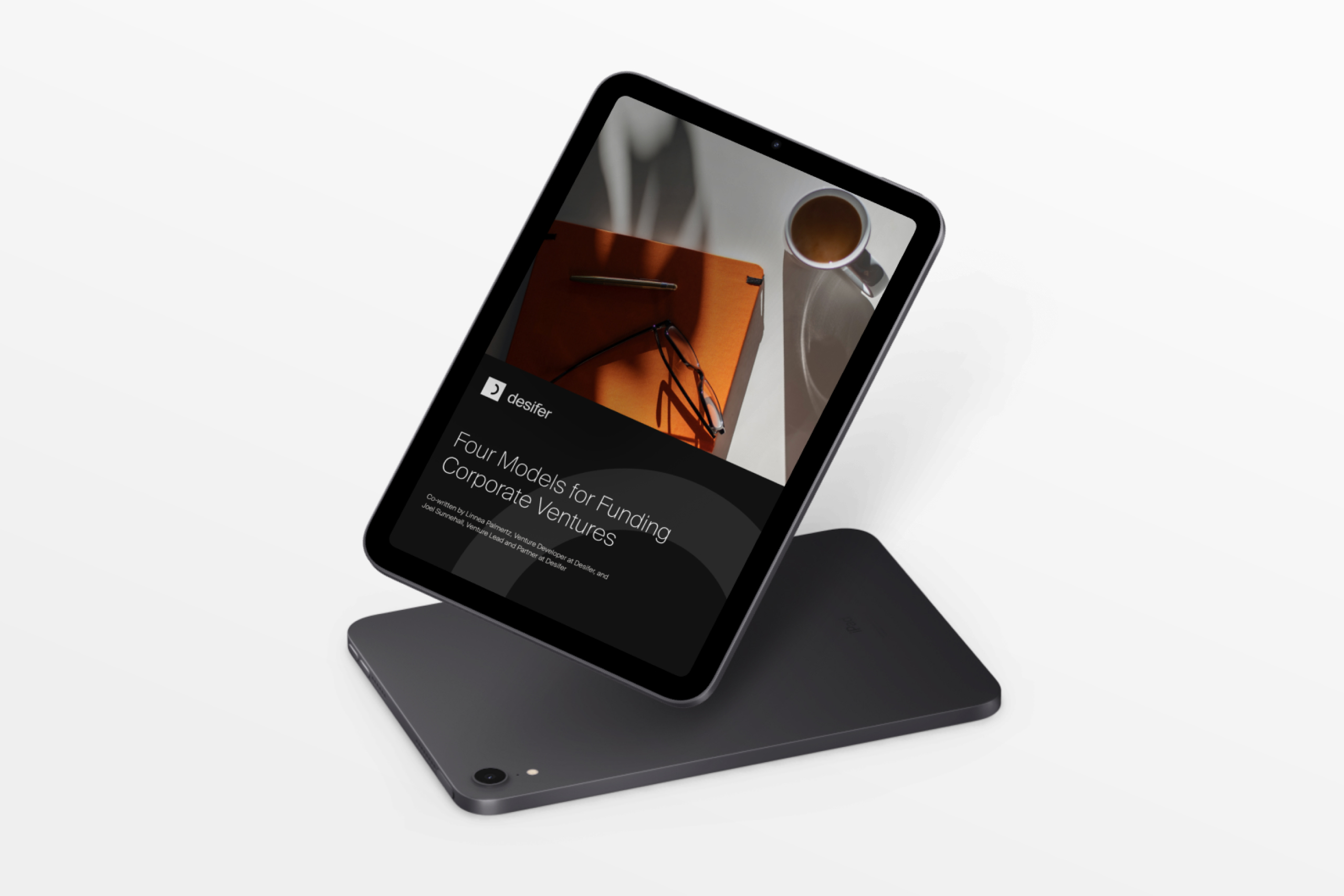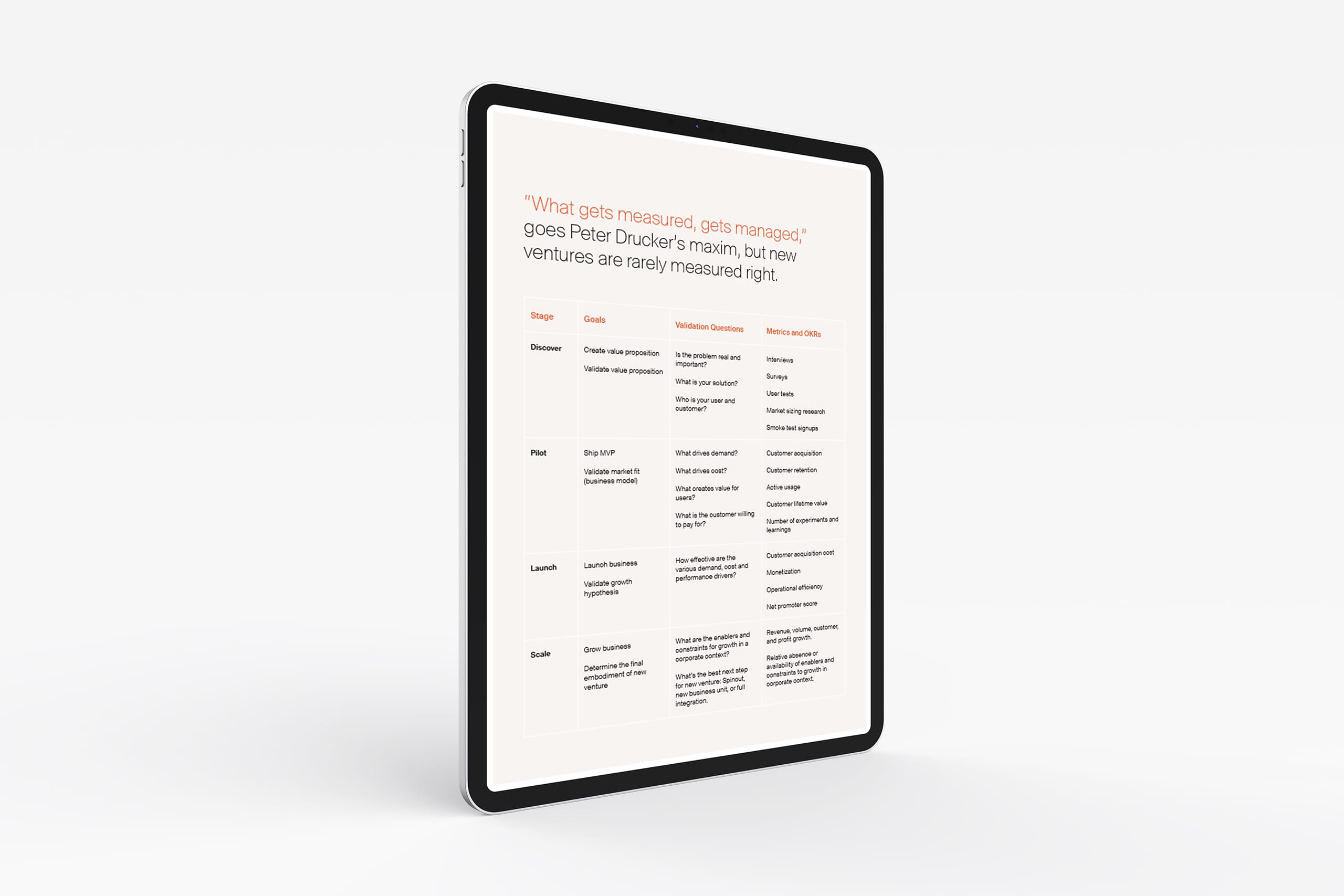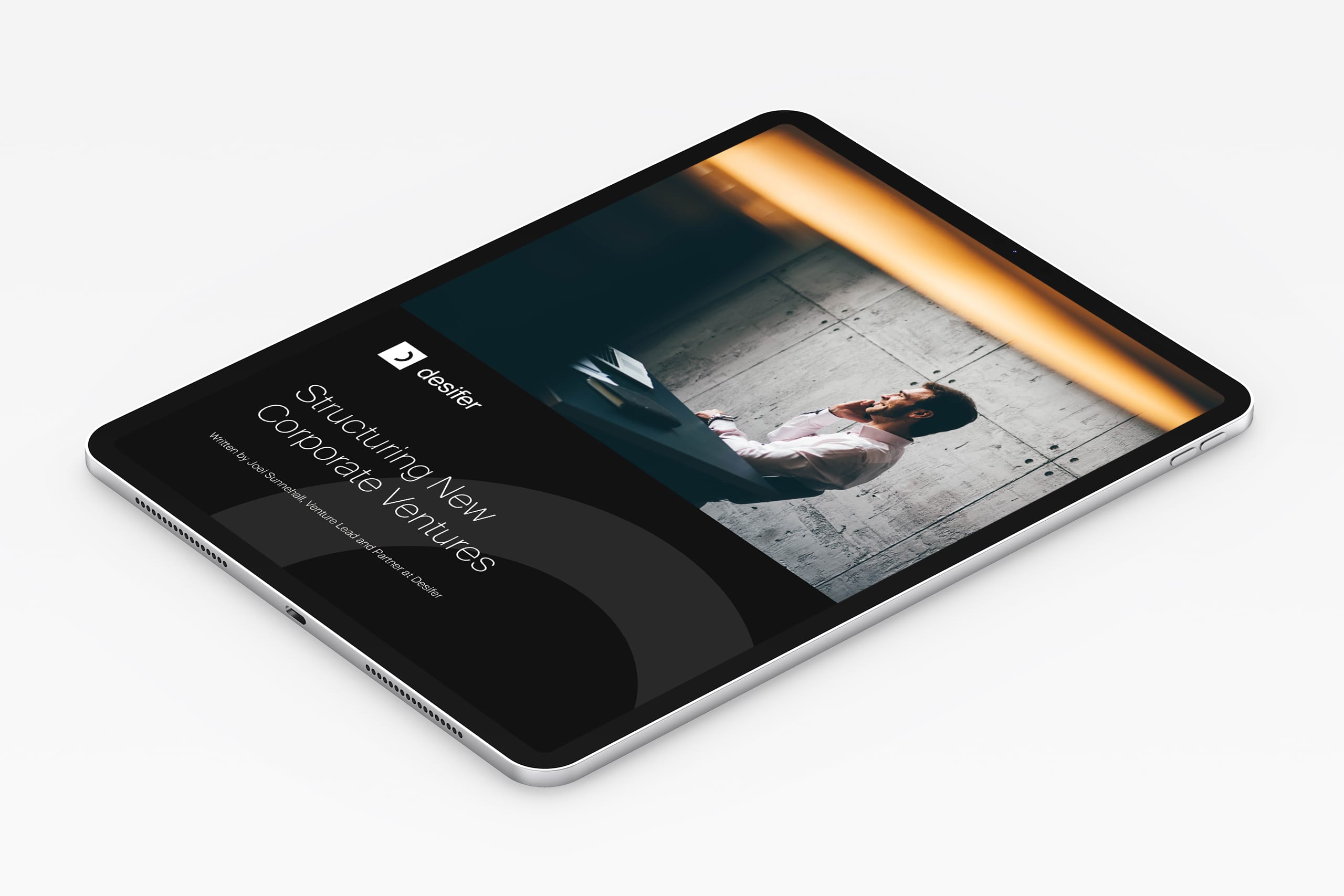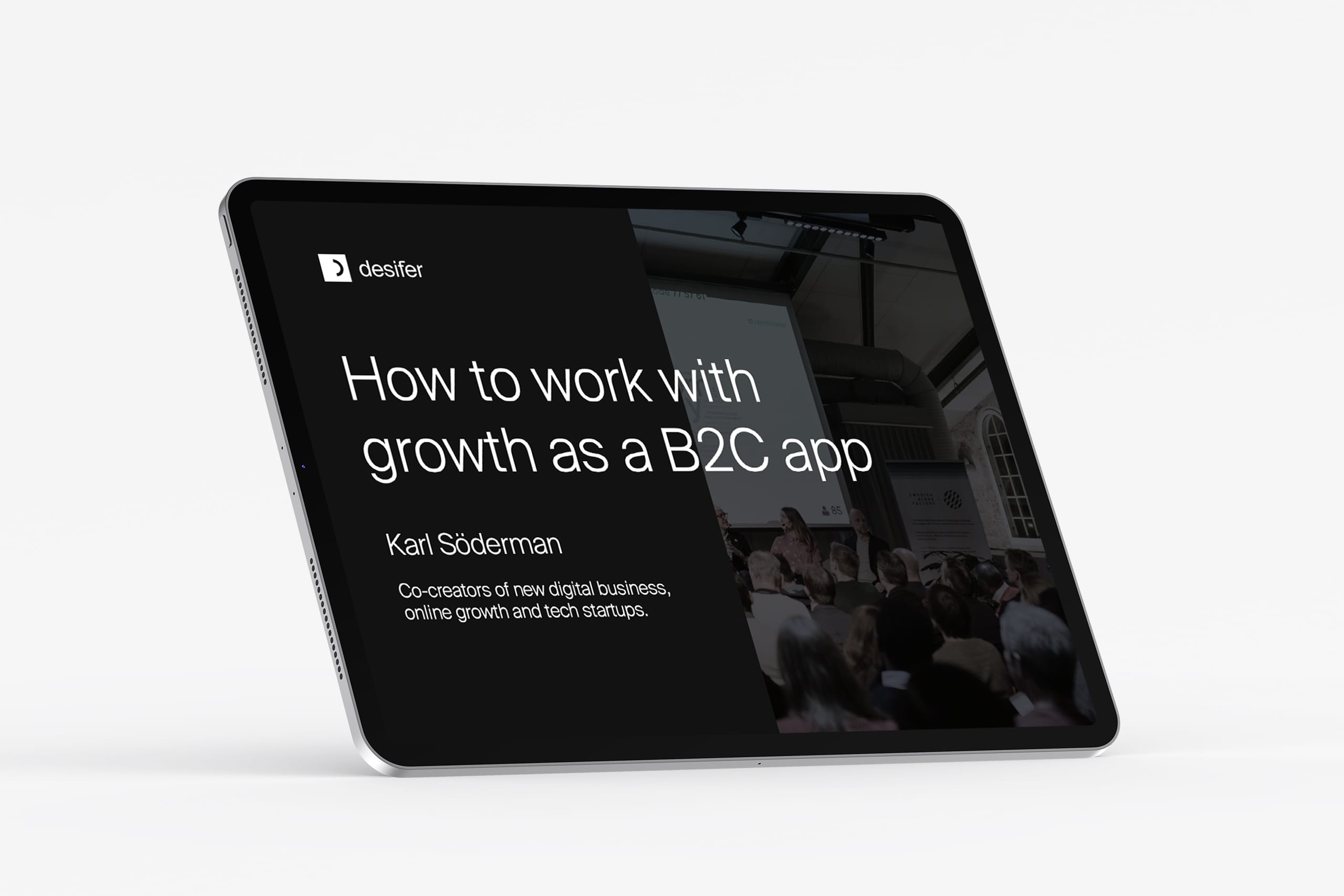Discovery
Written by Linnea Palmertz
December 21, 2022
Business experiments: three (3) steps to test the commercial viability of your business idea
Do you have a great idea for a new business venture? Even though you may be confident that your business will succeed, you should keep in mind that it does not necessarily mean it will. So before you invest more time and money into developing your idea further, it is absolutely crucial to ensure that the venture has commercial viability. Asking potential customers is one way, however, this will only yield subjective and biased responses, resulting in inaccurate predictions of your idea’s commercial potential. Instead, you should perform a smoke test.
Smoke tests: a form of lean startup business experiment
Smoke testing is a form of lean startup business experiment, essentially shifting your perspective from asking customers “if we build this idea, will you buy it?” to test the actual response of customers “if you buy this idea, we will build it”.
In the early stages of your business venture, a smoke test helps you gather feedback and gain a better understanding of your target market’s purchasing intentions. In order to perform a smoke test, your product or service needs to have an online presence, i.e., an eye-catching website with descriptive content and an engaging call to action.
The purpose of the test is to learn how many of your site visitors that engage with the content and ultimately click the call to action button. Gathering and analyzing this data will give you real-world insight into your customers’ purchasing intentions so that you can determine if your concept is commercially viable.
Performing a smoke test at the early stages of your business journey is a good idea, but there are a few factors that need to be in place first. You must have a well-defined business idea and description, along with an outlined go-to-market strategy. It is also necessary to identify a target audience and evaluate the competitive landscape in order to develop your value proposition. If you can tick those boxes, it is now time to move onto the next step and perform a smoke test.
A step-by-step guide to determining commercial viability
1. Mapping assumptions and defining the experiment
The first step is to define the focus of your experiment. It involves determining the goal – what it is you want to validate – and specifying which target audiences you will perform your test on. Additionally, you will need to define a set of assumptions, along with criteria for validating them and variations for testing them. The target audience you chose will play an important role in defining validation criteria. Testing assumptions against prospective early adopters (for example, people experiencing an urgent problem) requires you to set your validation criteria high, with between 70-90% of customers demonstrating an interest in your solution. If you are testing on a broader population with less urgent needs, however, the validation criteria can be relaxed.
2. Creating a landing page and preparing for launch
The next step is to create a landing page where your smoke test will take place. You want your target audience to visit this smoke page and interact with the content. The ultimate goal is to encourage visitors to demonstrate their interest by clicking on the call to action button. If you want to use multivariable testing, you can create several landing pages to test different versions of your offering. One of the first elements on your page should be a brief description of your value proposition followed by a few main selling points of your business model. Another important aspect is displaying your company’s logo and name throughout the page. Last but not least, having a clear and inviting call to action button is crucial to the success of the smoke test. Depending on your offering, this button may say “pre-order”, “join the waitlist”, “schedule an appointment” or “sign up for a free trial”.
The final step before putting the test to work, involves setting up a few tools to perform and evaluate the test. You need to define promotion channels through which you will reach your target audience, create a flowchart illustrating the journey of your online smoke test, and define assumptions for potential add-on elements you have included on your landing page to extract more data out of the experiment.
3. Running the test and analyzing result
With all that in place, it is now time to go live with your smoke test and start collecting data. It is important to gather as much data as possible, meaning that you will have to drive traffic to your smoke page(s). Use the different promotion channels identified in the steps before to drive potential customers into your site and track their every move. Using tools such as Google Analytics or Hotjar are great ways to get insight into how your visitors interact with the content.
Once you have collected sufficient data, compare the results with the assumptions you defined beforehand and conclude whether they are validated or not. If the data supports your hypothesis, you are one step closer to knowing whether your idea is commercially viable. As a last step, analyze and evaluate the information further and make the necessary adjustments to perfect your business idea.









